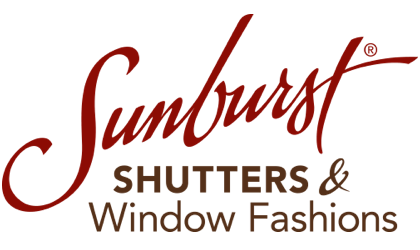How Window Shutters Help You Control Room Temperature
When closed, shutters become the next best barrier against San Jose’s wind and variable temperatures – after your windows. Window treatments such as shades, blinds, and draperies block most of the temperature from the outdoors, not all. And, when you need a quality-made window treatment that gives you a cozy seat next to the window, Polywood® shutters are the optimal product.
Polywood shutters are crafted from a synthetic polymer that insulates up to 70% better than an equivalent traditional wood shutter. In fact, the Polywood Shutter Insulating System blocks as much as 30 degrees of airflow and lessens heat transfer by 45.96%. This translates into energy savings for your home – and total room temperature control.
Your home’s heating and cooling system will work faster since you’ve now reduced the impact from the outside weather. When you want to feel some of the effects of the external elements, simply tilt the louvers open and adjust them the way you’d like. You can get even more window treatment temperature control. All you have to do is close your shutters completely.
How to Close Your Shutters for Optimal Temperature Control
Two parts of your shutters ought to be closed to seal off external temperature: the panels and the louvers.
To properly close your Polywood shutter panels, swing them toward the window. As you move the panels into the shutter frame, ensure that the pieces of weatherstripping interlock along the vertical ends of your shutters.

To close your louvers properly, push the tilt rod toward the louvers and ensure that the top of the tilt rod fits into the “mouse hole” just above the top louver. It is best to run your hand up the tilt rod, pushing in as you go. This is also true for taller shutters. Sometimes a small push at the bottom of the tilt rod isn't enough and doesn’t close gaps at the top.



